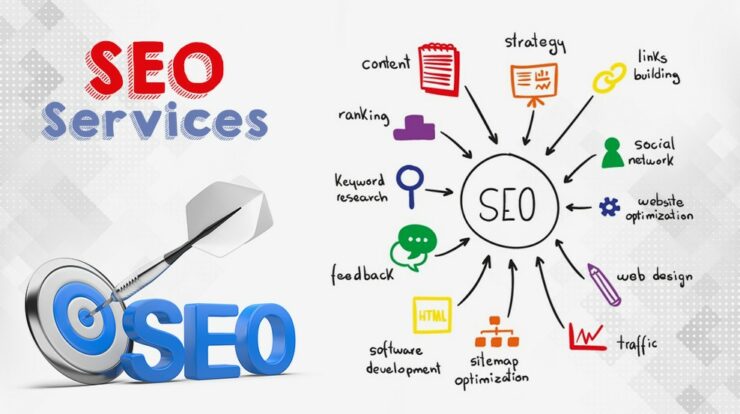
While different industries, companies, and their purchasing teams may need to take slightly different approaches to the above steps, these 6 key steps provide a skeleton for spend analysis in any industry.
1. Data
Source Identification Segment expenses into different groups and then examine the data sources available in each department of the company (as well as other business units involved in operations). The data sourcing strategy here is to identify areas of company operations that make any type of purchase (such as finance, marketing, and acquisitions).
2. Extract the
Data data would normally be in different formats when extracted from different places. Companies may need to obtain data in different currencies, languages, or units, so the use of procurement analysis software that has the power to compile data automatically is advantageous.
3. Clean the data
Identify inaccuracies to eliminate corrupted records or redundancies found in a data set. Businesses should find and eliminate errors and discrepancies in transactions and their descriptions to create an accurate reading of their business information. This also helps to find contacts in the database that are irrelevant or incomplete. During this stage, typographical errors can be corrected, missing codes validated, and information updated for real-time accuracy.
4. Enrich the data
This is the process of improving and refining the gross spending data. The standardization of the information in a format or unit of measure is also done at this stage to make the data easier to analyze click here for further details.
This step can also reveal datasets that contain missing fields, misspellings, or incorrectly encoded fields. This data enrichment process includes the actions of ensuring that the names, details, and line-level headings are accurate according to an established standard for labeling.
5. Classify
To obtain a more accurate and easy-to-manage supplier database, group all suppliers according to their respective purchases. Also, sort the data into groups based on union, such as office provider or software. This helps identify where the business is spending money.
Classification is essentially about creating a single taxonomy for purchasing transactions, giving the procurement department more visibility into business spending to make effective sourcing decisions.
6. Analyze
Now comes analyzing. This is where long-term savings and improvement opportunities lie in spending analysis. Companies can examine whether they could conduct better negotiations with vendors or identify duplicate and redundant expenses to make more strategic decisions based on rationalizing expenses. Businesses can start with the goal of reducing the number of providers in each category and negotiating the best rates when necessary.
Spending analysis is worth the effort
conducting spending analysis is one way a business can enjoy potential savings. It will improve supplier management, allow greater precision and transparency in the procurement process, and point to viable prospects for changing spending patterns.
For a company to be more profitable in its processes, carefully examining how money is spent is vital. To simplify this process and ease the burden on senior staff members, companies can use automated inventory ordering software to track spending habits digitally and perpetually.



